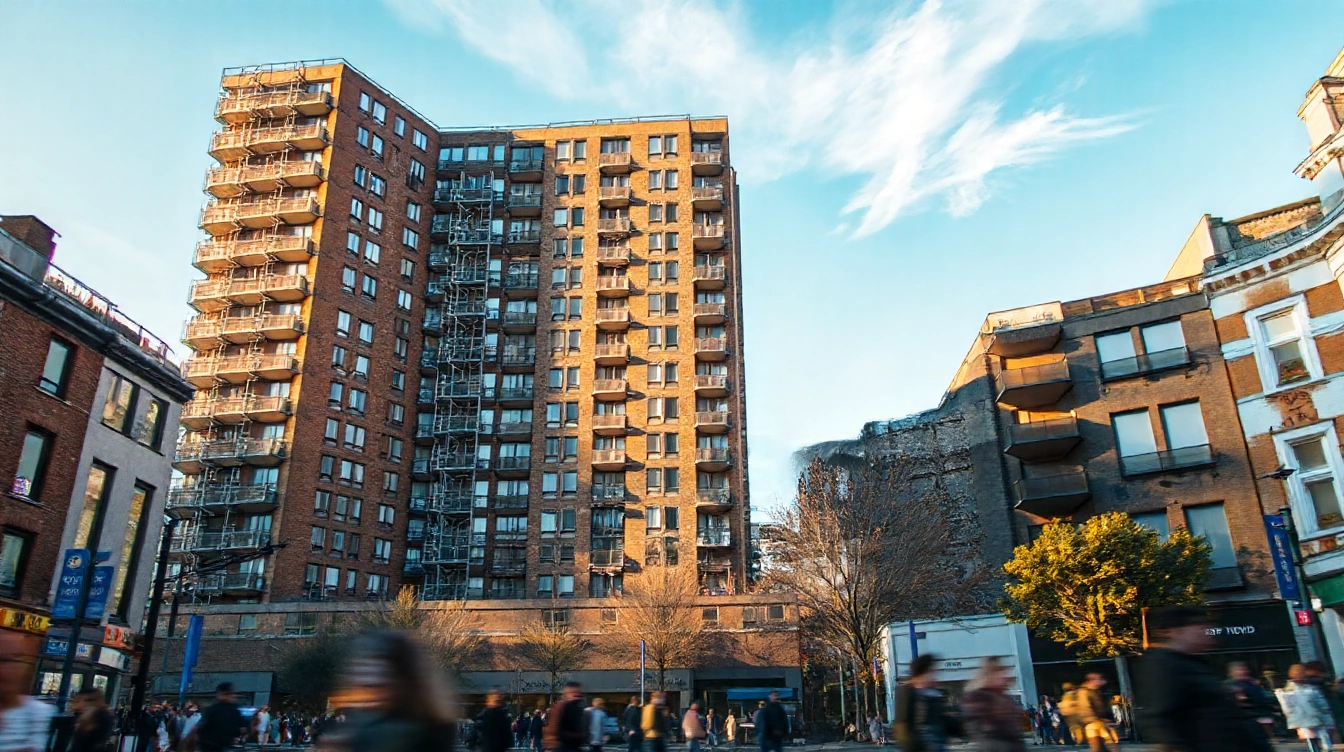Obtaining planning permission in Southwark requires understanding its specific local requirements and council regulations. Whether you plan an extension, conversion, or commercial project, knowing what documents to prepare and how the application process works can save time and reduce refusals. This guide highlights essential steps and common pitfalls to help you confidently navigate Southwark’s planning landscape and improve your chances of approval.
Key requirements for planning permission in Southwark
Understanding planning permission Southwark begins with recognizing that it is the legal consent granted by Southwark Council allowing development or building works. This permission is essential because it ensures that any changes align with local planning requirements, preserving the area’s character and community standards.
In the same genre : What Are the Key Factors for Developing a Mobile App for a Cardiff-Based Retail Store?
Southwark Council regulations set clear policies governing development. These policies reflect the council’s priorities, such as protecting heritage sites, controlling building heights, and ensuring sustainable development. The planning policies balance growth with maintaining Southwark’s unique urban environment.
Common types of work requiring planning permission in this borough include property extensions, internal or external conversions, and changes to commercial use. Even seemingly minor alterations, like adding an extra floor or changing a residential property into business premises, typically trigger the need for formal approval under local planning requirements. Ignoring these rules can lead to enforcement actions, including fines or mandatory reversal of the work.
Have you seen this : Discover premium crane mats for sale with fast uk delivery
For anyone considering development projects in this area, it’s advisable to review the Southwark Council regulations thoroughly or consult expert advice. For more detailed insights on approvals and design considerations, Planning Design London offers comprehensive guidance tailored to Southwark’s specific framework.
Essential documents and information for your application
When submitting a planning application in Southwark, ensuring you provide the correct documentation is critical. The local authority uses a validation checklist to confirm your application is complete before processing it. Key planning application documents Southwark include:
- Completed application forms detailing the scope and nature of your project.
- Ownership certificates confirming you have the legal right to make the application.
- Accurate site plans and location plans, showing the precise boundaries and context of the site.
Beyond these core documents, several supporting documents may be necessary depending on the complexity and location of your proposal. These could include:
- Design and access statements explaining the design rationale and how the development considers accessibility.
- Heritage impact assessments if your site is within a designated conservation area or affects listed buildings.
- Ecological surveys, transport assessments, or noise reports as relevant to your specific application.
Consulting the Southwark Council’s local validation checklist ensures you compile all necessary documents upfront, minimizing delays. This checklist clearly outlines mandatory and optional documents, tailored to different types of developments. Preparing your application in line with this checklist not only speeds up the process but increases the likelihood of approval.
For further guidance, consider reviewing detailed advice on Planning Design London, which covers practical preparation and compliance with local planning policy. Understanding each required document’s purpose equips you to submit a robust planning application, tailored to Southwark’s regulatory expectations.
Southwark’s planning application process, fees, and timelines
Understanding the planning application process in Southwark is essential for anyone looking to develop or alter property. The process begins with submitting a detailed application that includes design proposals, supporting documents, and the correct fee payment. Applicants must ensure their submission aligns with local regulations and policies to avoid delays.
Regarding planning fees, Southwark charges vary depending on the type and scale of the application. For example, minor developments generally incur lower fees, while larger projects, such as new housing or commercial buildings, require higher payments. It’s important to review the specific fee structure beforehand to budget accurately.
Once submitted, the planning decision timeframe typically ranges from 8 to 13 weeks. Southwark aims to decide within this window; however, delays can occur if additional information is requested or if public consultations extend the period. Applicants should plan accordingly and remain responsive to any council requests to facilitate a smoother process.
Common reasons for approval or refusal in Southwark
Understanding the critical factors that influence planning decisions
When seeking planning permission approval in Southwark, several planning criteria play a decisive role. Authorities closely evaluate the design quality of proposed developments, ensuring new structures complement the existing streetscape and respect the character of the neighborhood. Projects aligned with Southwark’s local policies and guidelines generally have stronger chances of approval.
One of the most vital considerations is the impact on local amenity. This includes assessing potential loss of light, privacy intrusions, noise levels, and overshadowing effects on nearby properties. Developments that minimize negative impacts on neighbours tend to receive favorable decisions.
However, planning permission refusal Southwark often stems from certain recurring reasons. Poor design that clashes with the surrounding area, failure to comply with local policies, and inadequate consideration of neighbour concerns rank among the top causes. Southwark Council also refuses applications when there is insufficient evidence to mitigate negative amenity impacts or when proposals risk harming local heritage assets.
Addressing objections from neighbours and the wider community is crucial. Demonstrating proactive engagement and offering amendments to alleviate concerns can significantly improve approval prospects. Early dialogue paired with compliance to planning criteria fosters smoother evaluations.
Southwark-specific rules, contacts, and useful resources
Essential guidance for navigating Southwark planning
Southwark planning resources are tailored to address the unique characteristics and development goals of the borough. The council’s planning policies include specific supplementary planning guidance (SPG) that supports national and local plans with detailed requirements on design, heritage, and environmental considerations. Understanding these policies ensures compliance and increases the likelihood of successful applications.
For tailored planning advice, Southwark Council offers a pre-application service, giving applicants the opportunity to consult directly with planning officers before submitting their applications. This service helps clarify requirements, uncover potential issues early on, and streamline the approval process. Applicants can also access the duty planner service, which provides prompt informal advice during specified hours to answer initial queries about permitted developments or procedures.
To contact Southwark planning professionals, applicants should use official channels to ensure accurate information and recordkeeping. Southwark Council’s website hosts key resources, including downloadable planning application forms, guidance notes, and the full text of all relevant policies. These Southwark planning resources are regularly updated to reflect policy changes, helping applicants stay informed of current requirements.






